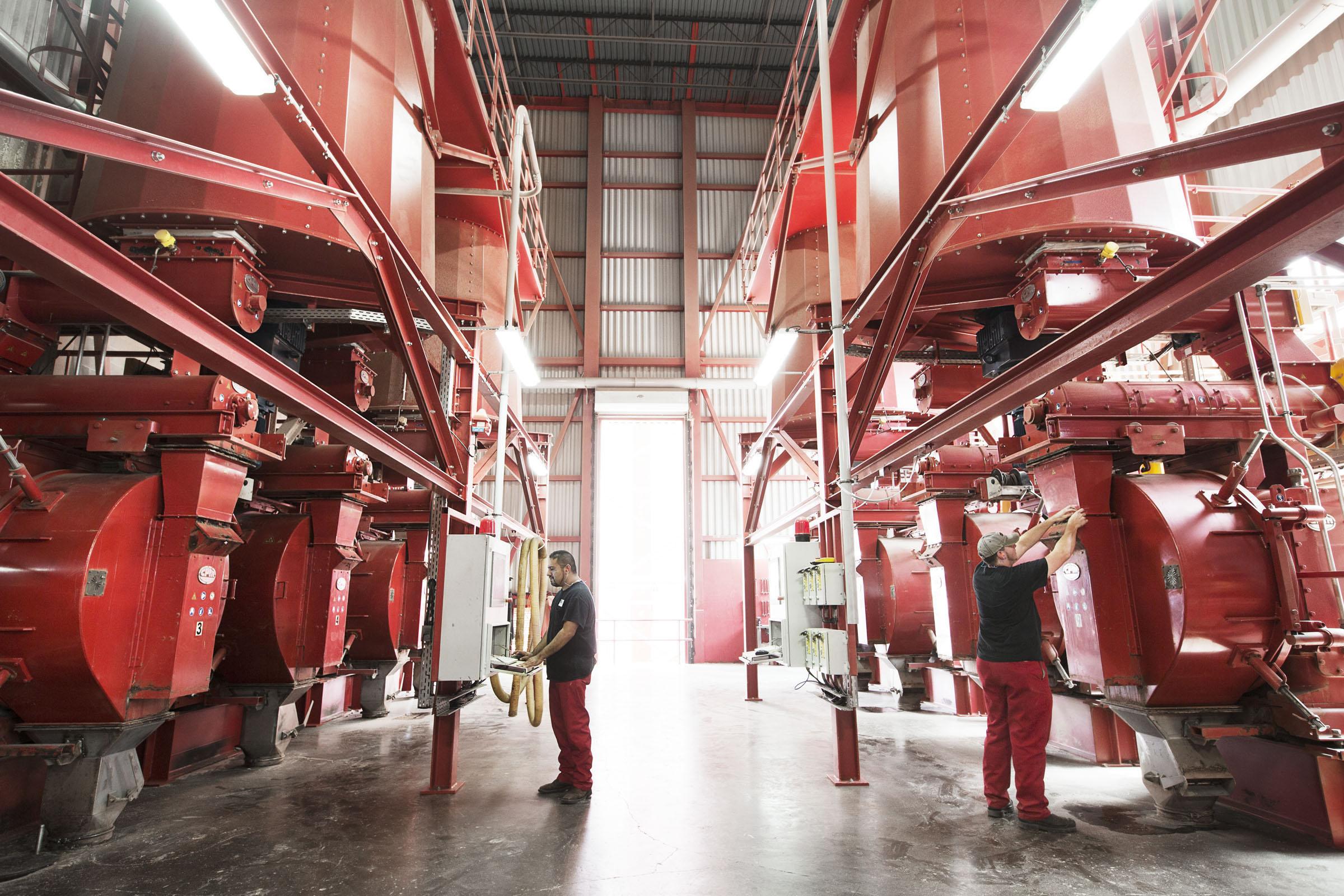In the ever-evolving landscape of sustainable energy sources, wood pellets continue to play a pivotal role in Germany’s commitment to eco-friendly heating solutions. As we delve into the details provided by the German Pellet Institute (DEPI), January 2024 has brought forth notable shifts in pellet prices, reflecting the intricate balance of regional dynamics and market forces.

Understanding the Average Price Drop:
The latest data from DEPI reveals a subtle yet noteworthy trend in the cost of wood pellets. As of January 2024, the average price per ton stands at €327.20, showcasing a marginal decrease of approximately 0.6% compared to the previous month. This slight dip emphasizes the delicate equilibrium between supply and demand, echoing the broader influences on the pellet market.
Regional Variances:
Zooming into the regional nuances, it becomes evident that different parts of Germany experience distinct pricing structures. For those purchasing 6 tons of wood pellets, the breakdown is as follows:
- Southern Germany: €323.21/t
- Central Germany: €325.43/t
- Northern/Eastern Germany: €333.05/t
This divergence underlines the impact of logistical considerations, availability of resources, and localized demand on the pricing dynamics within the country.
Bulk Purchases and Cost Efficiencies:
For consumers considering larger quantities (26 tons) in January 2024, the conditions vary across regions:
- Southern Germany: €307.19/t
- Central Germany: €308.63/t
- Northern/Eastern Germany: €316.87/t
Notably, the per-ton prices for bulk purchases present a cost-efficient advantage, offering incentives for those looking to secure a more substantial supply.
Factors Influencing Prices:
Several factors contribute to the fluctuations in wood pellet prices. These include but are not limited to:
Seasonal Demand: Winter often sees increased demand for heating solutions, impacting pellet prices.
Supply Chain Dynamics: Logistics, transportation, and availability of raw materials contribute to regional variations.
Market Forces: Global economic conditions and trends in the renewable energy sector can influence pricing trends.
Navigating the intricacies of Germany’s pellet market in January 2024 requires a nuanced understanding of regional variations and market dynamics. As consumers and industry stakeholders assess their heating needs, the subtle price adjustments underscore the need for strategic planning and consideration of the diverse factors influencing the wood pellet landscape.
Source: Fordaq.com




